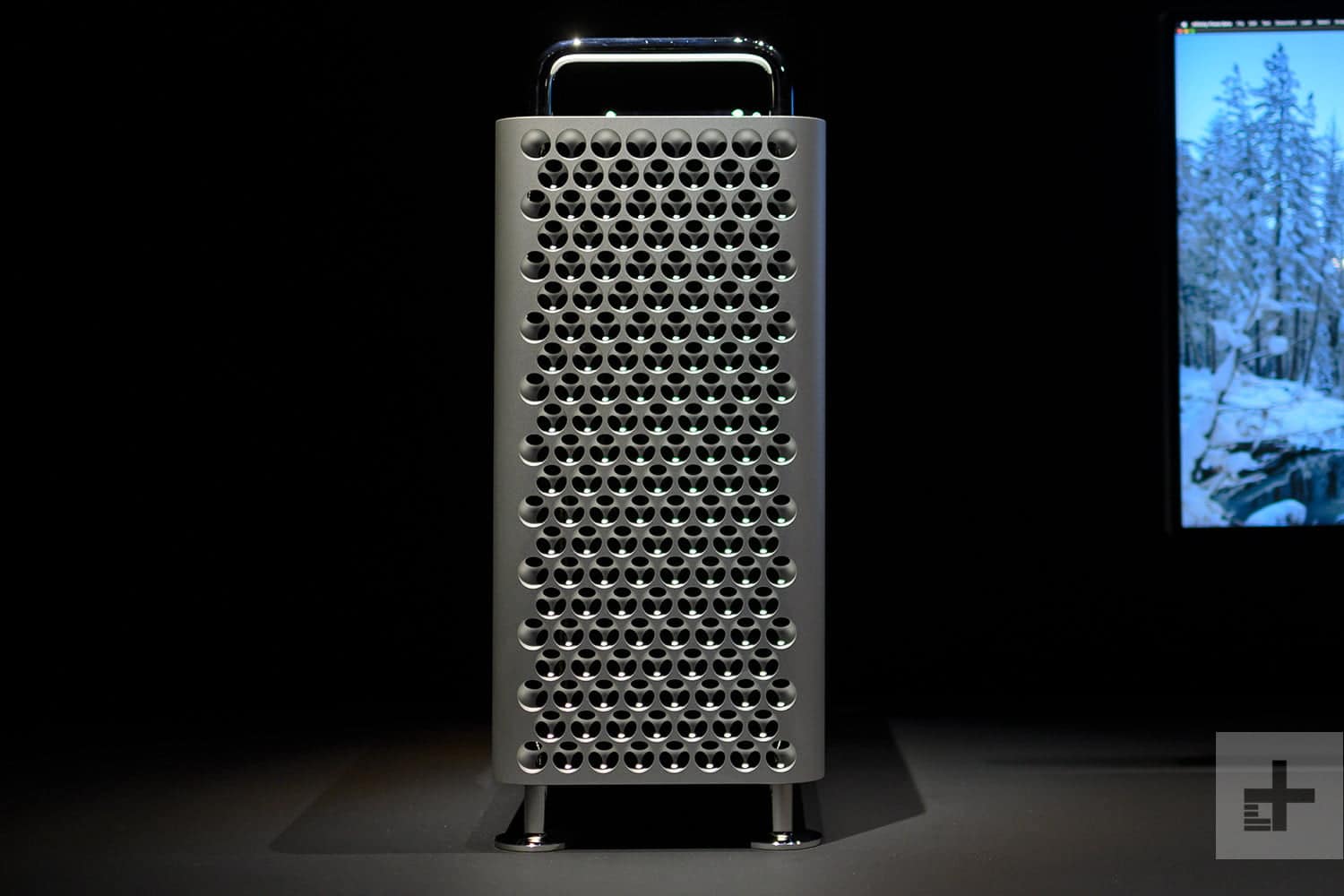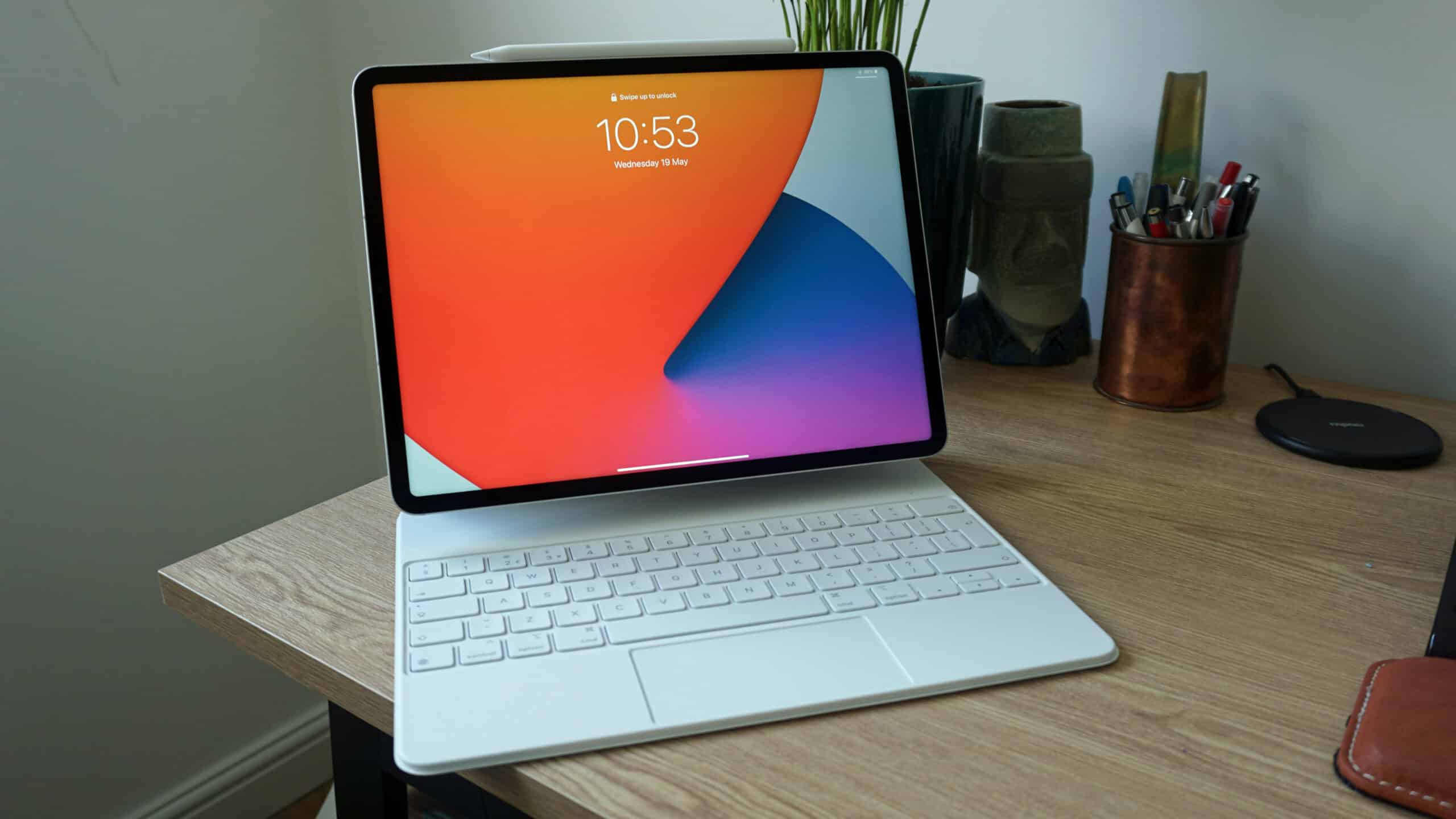Apple is known for being a pioneer. We’ve previously established that new Mac Pro isn’t something you’ll purchase, but given Apple’s clout in the industry, it’ll almost certainly have a significant impact on desktop design in the future. How modular internals Mac Pro prophesy a new future for PC design?
Aside from the cheese grater casing, Apple has a few tricks up its sleeve that might change the way PCs are designed in the future.
The future of PC cases?
The new Mac Pro includes some noticeable new features in addition to increased hardware that brings it in line with considerably more competent homebrew hackintosh computers for high-end rendering work and similarly heavy programs. The most evident is its redesigned chassis, which combines an attractive look with a superior ventilation system, according to Apple. The front and back 3D vents are supposed to increase airflow above more traditional designs like hexagon grills, which have traditionally provided the most airflow while maintaining chassis stiffness.
If this is the case, we will see this type of structural design make its way into more popular cases – albeit in a restricted form, as the additional material prices would not transfer well into more normal case markets. It could take some time for the cheese grater look to catch on. The case’s wind tunnel-like effect, on the other hand, has some fascinating extra benefits. Our thorough inspection of the new Mac Pro revealed that it is still a quiet machine, thanks to the use of big, low-turbulence heatsinks on the CPU and GPU(s), which rely on case airflow directed directly over the coolers rather than extra active fans.

This shroud (portion of the “MPX” graphic module) is a sort of compartmentalization that has lately been observed in a number of high-end computers. Pushing the power supply into the chassis’s base, from its own segmented airflow redirection, is such example, but Apple’s approach of redesigning the motherboard and components takes it to a whole new level. Airflow can be kept in a single direction by using quick passive coolers rather than active coolers with specialized fans. To be sure, we’d have to do some tests, but that appears to be a more efficient means of moving air around a system than using different configurations of blowers pushing and pulling in opposite paths.
While the Mac Pro is a one-of-a-kind case with very particular hardware choices, we’d like to see PC motherboard and case producers experiment with layout and design a little more to push for something related in more mainline hardware.
An method that is more modular
There’s nothing mainstream about the parts in the new Mac Pro. Outside of monster workstations & extreme testing computers, the up to 28-core Xeon CPU seems to be something we don’t expect to see. The dual-GPU on a single board architecture is based on the Radeon VII‘s core. It’s a fascinating design that hasn’t been seen much in the gaming world since the AMD 295X.
However, the new PCIExpress arrangement in the Mac Pro is noteworthy, since it enables the card to draw up to 550 watts of power only from the extra-long PCIExpress slot through Thunderbolt. There are no external power hookups needed. Although custom PSU cable providers may despise the notion, it’d be interesting to see such a design integrated onto motherboards to reduce the number of connections in minimalism or small form factor systems. For the time being, it appears to be an Apple-only design, so it’s unlikely to make its way into third-party devices very soon.

The Turbo boost, a hardware contribute card that uses a field programmable gate array (FPGA) to speed up video decoding, is the ultimate gift for Mac Pro fans on the fence. It’s a task that requires specialized technology — similar to the ASIC processors seen in Bitcoin mining rigs — to decode up to 3 ProRes RAW video streams or 12 4K feeds in real time. For video editors, this will be a blessing.
While we don’t anticipate that to trickle down to more ordinary PCs, Apple’s modular approach with the Mac Pro’s GPUs and add-in cards, and also a huge tower chassis with a clean & open design, implies that the Mac Pro may get more support than it has in the past. That’s not saying much, given Apple’s track record of abandoning desktop platforms, but the Mac Pro’s extension and upgradeability far beyond original hardware arrangement make it a more appealing purchase for workstation customers. Windows PCs have traditionally benefited from updated hardware configurations after the initial purchase.
Please don’t misunderstand us. Apple will be Apple, as well as the hardware selections and upgrade pathways will remain distinctly exclusive. The pricing will also remain exorbitant. However, there are certain characteristics in the new Mac Pro that might sway some PC makers in one manner or another, especially if it’s regarded competitive with certain high-end workstations once again.
Maybe the new Mac Pro will stimulate bigger, more modular systems in the same way that the “trash-can” Mac Pro of 2013 spurred the invention and acceptance of smaller size systems without compromising power. We’d be all for it if it resulted in cooler, quieter workstations with fewer point-of-failure fans.



